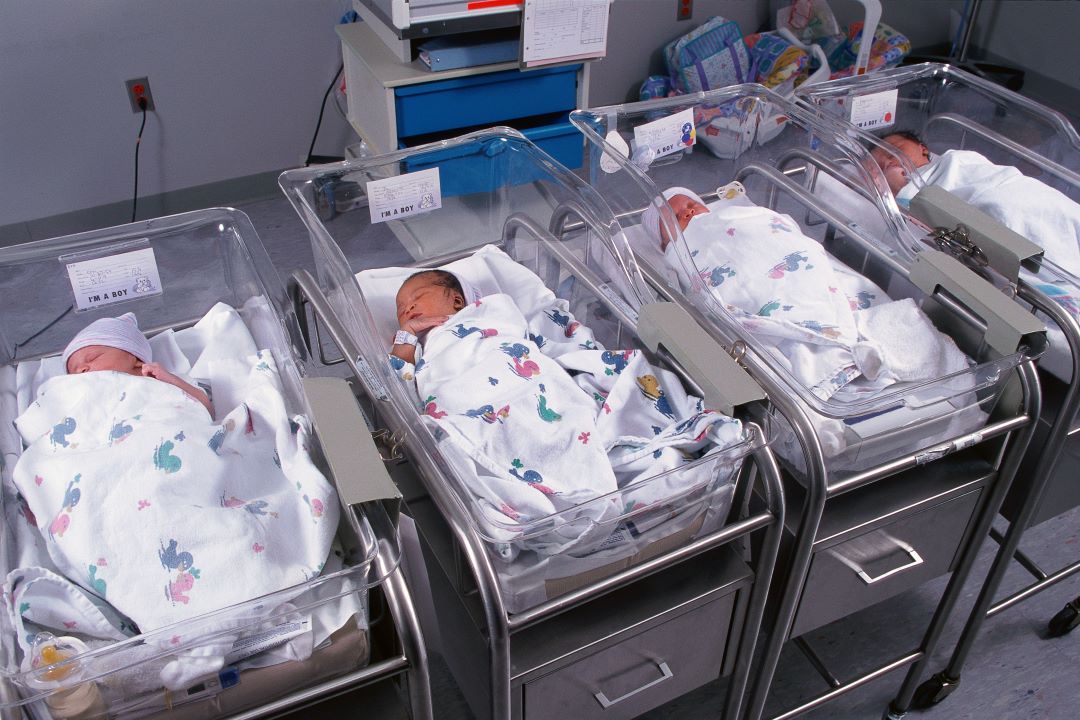
In the U.S., Hispanics tend to have more children. But ‘baby bonuses’ have proved ineffective everywhere.
It isn’t always easy to tell whether President Trump is serious or pulling our leg, and maybe that’s the way he likes it. Reopening Alcatraz? Annexing Canada? A tariff on foreign films? Watching a movie made abroad is a threat to our national security, but using TikTok, a social-media platform owned by a company based in China, is nothing to worry about?
When the president was asked last month if the government should provide incentives for women to have more children, he responded: “Sounds like a good idea to me.” Mr. Trump might be serious about this one. Members of his inner circle, including Elon Musk and Vice President JD Vance, have been vocal proponents of larger families. The administration reportedly has been fielding pro-natal proposals from conservative advocacy groups, one of which would provide a $5,000 “baby bonus” to new mothers.
The concern about low fertility rates in the U.S. is warranted. A fertility rate of 2.1 children per woman is necessary to sustain replacement of the population. Last year, the U.S. birthrate was about 1.6. That was slightly above the record low set in 2023 but still below replacement level, which the U.S. hasn’t seen since the mid-2000s. This matters in part because the age and growth rate of a country’s population helps determine its economic prosperity. A growing populace can attract capital investment as the market for goods and services expands.
Continue reading the entire piece here at the Wall Street Journal (paywall)
______________________
Jason L. Riley is a senior fellow at the Manhattan Institute, a columnist at The Wall Street Journal, and a Fox News commentator. Follow him on Twitter here.
Photo by Diana Macdonald/Getty Images

















